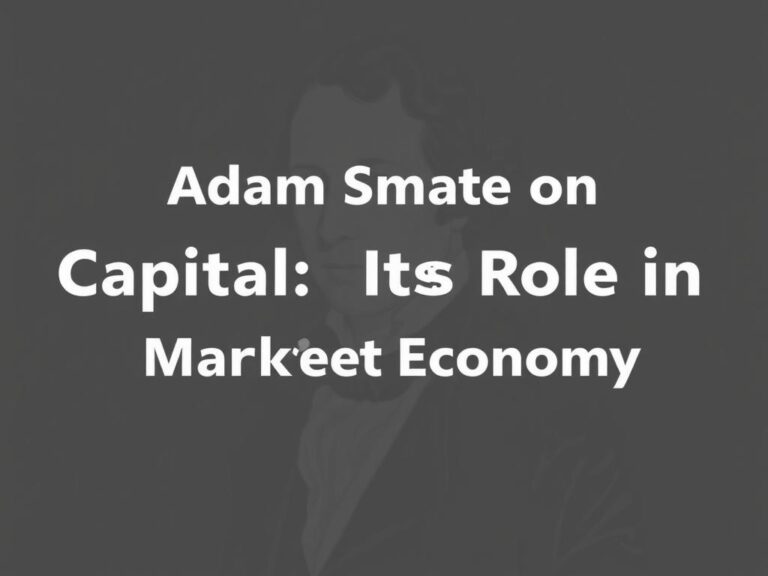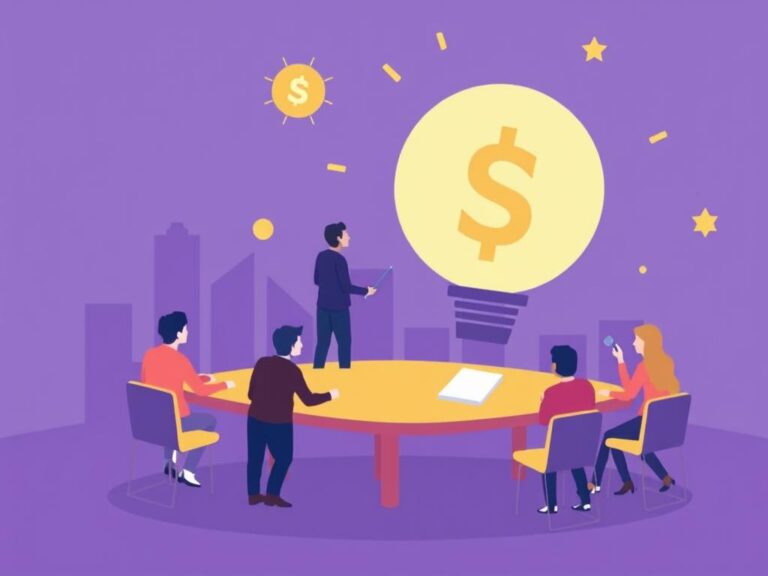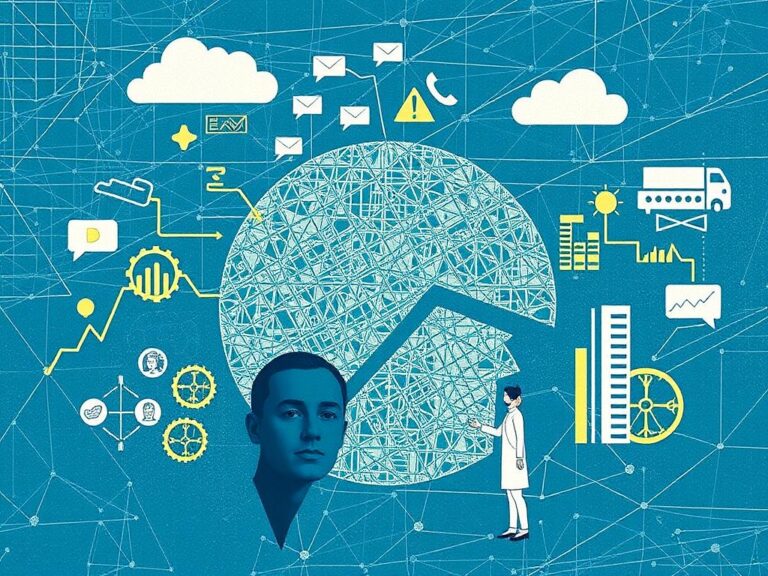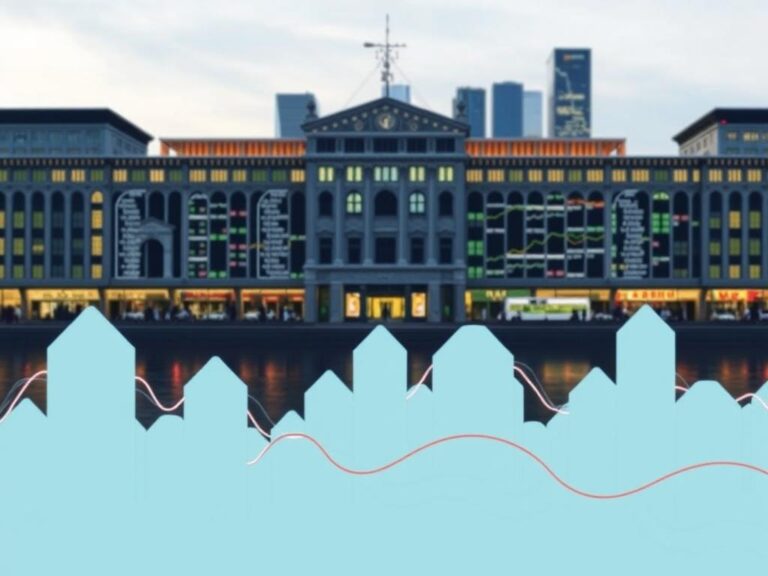What Is Capital? Definition and Key Concepts Explained
If you’ve ever dipped your toes into the world of economics, business, or finance, you’ve probably come across the word “capital.” But what exactly is capital, and why does it play such a crucial role in our economy and everyday lives? This article will take you on a simple and engaging journey to unravel the meaning of capital, its various types, and why understanding this concept is important. Whether you’re a student, a curious thinker, or someone looking to improve your financial literacy, you’ll find the explanations here clear, practical, and easy to follow.
Understanding Capital: A Simple Definition
At its core, capital refers to resources that can be used to produce goods and services and generate wealth. It’s one of the key components in the economy alongside labor and natural resources. But unlike labor, which is human effort, or land, which covers natural resources, capital usually means assets that have been created or accumulated to help in production.
Think of capital as the tools that help you build something bigger. For example, if you own a bakery, your ovens and mixers are capital because they aid in producing bread and pastries. If you’re a software developer, the computers and software you use can also be seen as capital. So, when economists talk about capital, they are referring to any kind of asset that contributes to economic production.
Types of Capital: Breaking It Down
Capital is not a one-size-fits-all concept. In fact, there are several types of capital, each playing a unique role in economic activity. Let’s take a closer look at some of the most common categories:
- Physical Capital: This includes tangible, man-made assets like machinery, buildings, tools, and equipment — things you can touch and see.
- Human Capital: This refers to the skills, knowledge, and experience that individuals possess, which can enhance productivity.
- Financial Capital: This is money or liquid assets used to invest in business activities, such as cash, stocks, or bonds.
- Social Capital: While less tangible, social capital involves the networks, relationships, and norms that enable collective action in a society.
- Natural Capital: Sometimes included in broader discussions, this refers to natural resources like forests, water, and minerals, which support economic activity.
Physical vs. Financial Capital
Understanding the distinction between physical and financial capital is especially important. Physical capital assets are things you use to produce goods and services—machines or factories, for example. Financial capital, on the other hand, represents the funds that facilitate the purchase and maintenance of those physical goods, pay for labor, or finance operations. In a way, financial capital is the fuel for acquiring and expanding physical capital.
Key Concepts Around Capital
To fully understand capital, there are some fundamental concepts and ideas you should know about. These will help you grasp how capital actually works in the real world of economics and businesses.
Capital Accumulation
Capital accumulation is the process of gathering more capital goods to increase production. If a company invests profits back into purchasing new equipment or training employees, that is capital accumulation at work. Over time, this investment can lead to economic growth and higher productivity.
Capital Formation
Related to accumulation but slightly different, capital formation refers to the creation or acquisition of new capital assets. It is a broader concept that includes savings, investments, and the development of new facilities or infrastructure. This concept is crucial for understanding how economies expand and modernize.
Capital Productivity
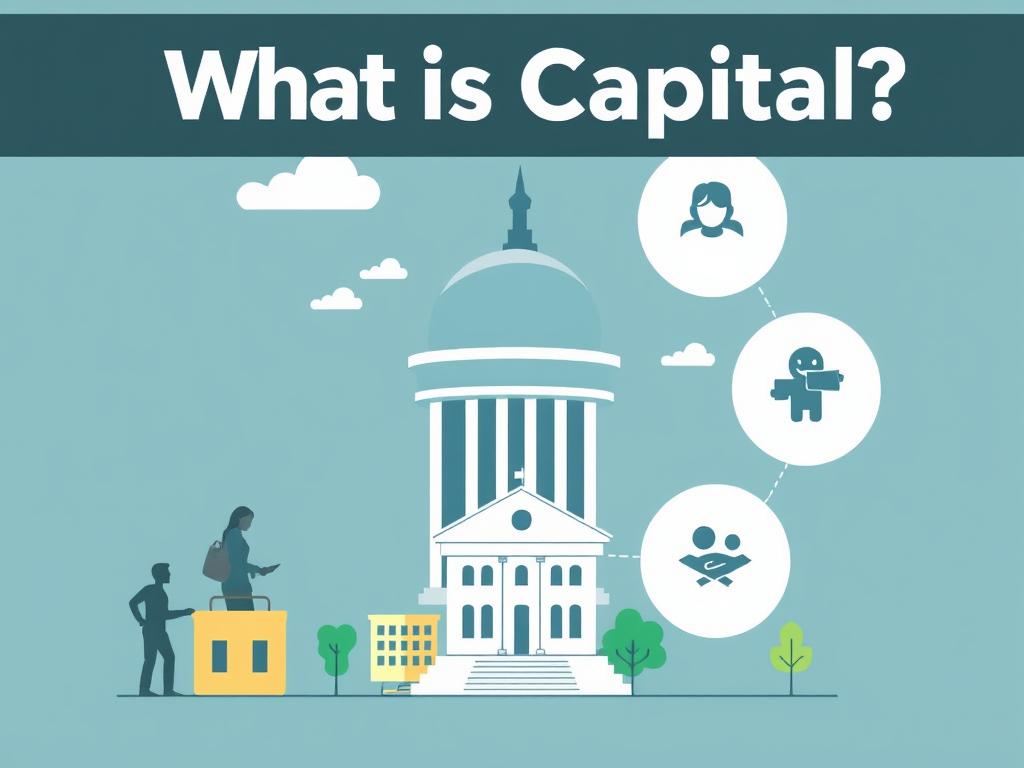
Capital productivity measures how efficiently capital resources are used to generate output or income. In other words, it shows how much you get out of your investment in capital goods. Improving capital productivity means producing more with the same—or even less—capital.
How Capital Influences Economic Growth
One of the reasons we hear so much about capital in economics is because of its direct link to economic growth. Capital investment leads to new technologies, more efficient production processes, and the ability to make more goods and services. When businesses and governments invest in capital formation, they enable the workforce to be more productive.
Here’s a simple table to illustrate how different types of capital contribute to economic growth:
| Type of Capital | Contribution to Growth | Example |
|---|---|---|
| Physical Capital | Provides tools and equipment to increase output | New machinery in a factory |
| Human Capital | Enhances skills and productivity of workers | Employee training programs |
| Financial Capital | Funds investment in businesses and infrastructure | Loans for startup companies |
| Social Capital | Facilitates collaboration and trust in communities | Business networks and professional associations |
Capital in Everyday Life: Beyond Economics
While capital is a technical term in economics, it’s also a concept that touches everyday life far beyond textbook definitions. For instance, when you save money to buy your first car, that car becomes a form of personal capital. It contributes to your mobility, allowing you to get to a job and earn income. Your education represents human capital, improving your chances of career success. Even your social connections might help open doors to new opportunities.
Understanding the role of capital in your life can help you make smarter financial decisions, recognize the value of investing in yourself, and appreciate how different resources work together to create value.
Common Misconceptions About Capital
Because the word “capital” appears in many contexts, some misunderstandings exist. Let’s clarify a few common misconceptions:
- Capital is just money: Not true. While financial capital involves money, capital can also be physical items or intangible assets like skills.
- Capital automatically means wealth: Capital is an input, not instantaneous wealth. It needs to be used or invested effectively to generate income or economic gains.
- Capital is infinite: Capital resources can be scarce or limited, and their efficiency depends on how well they are managed.
Wrapping It Up: Why Capital Matters
From the machinery in factories to the knowledge in our heads, capital is everywhere. It’s a fundamental concept that serves as the engine behind production, business growth, and economic development. Whether you’re running a business, working in a company, or managing your personal finances, understanding what capital is—and how it can be leveraged—gives you a powerful advantage.
Summary Table: Capital Types and Their Features

| Capital Type | Key Feature | Example |
|---|---|---|
| Physical Capital | Tangible tools and equipment | Factory conveyors, vehicles |
| Human Capital | Skills and knowledge | College degree, professional experience |
| Financial Capital | Monetary assets used for investment | Stocks, cash reserves |
| Social Capital | Networks and relationships | Industry contacts, trust between partners |
How To Build Your Own Capital
If you want to build your own capital, here are some easy-to-follow steps:
- Invest in Education: Developing your human capital improves job prospects.
- Save Money: Building financial capital allows for future investments or emergencies.
- Acquire Equipment: Physical capital applies if you’re starting a business or freelance work.
- Network Regularly: Use social capital to connect with people who can offer guidance or opportunities.
Understanding capital isn’t just for economists—it’s for anyone who wants to grow, whether personally or professionally.
Conclusion
Capital is a broad and vital concept that touches nearly every aspect of economic life. Whether it’s the machines that make products, the knowledge workers apply, the money invested into ventures, or the relationships that foster collaboration, capital forms the backbone of growth and productivity. Recognizing the different types of capital and how they interact helps us better appreciate the economy’s complexity and the opportunities available to individuals and businesses alike. By learning how to identify and cultivate your own capital, you can unlock greater possibilities for success and financial well-being. In essence, capital is much more than just money—it’s the foundation of progress and prosperity in our world.




